Animals Living on Land
The animals, living on land are called terrestrial animals. Their bodies are suited to live on land.
They breathe with the help of lungs. Some of them have sharp teeth and claws to catch their prey. Most of them have legs to move, which also help them to run fast to catch their prey or to protect themselves. Their senses are well developed. This helps them to look for food and escape from enemies.
Lion, cow, camel, deer, buffalo, tiger, etc. are terrestrial animals. Some terrestrial animals like snake and earthworm crawl.
|
In the polar region, animals have to face harsh winters. Animals living in these regions have thick hair coat on the skin and fat under it keep them warm. Such animals are polar-bear, yak etc. A polar bear is adapted to live in these conditions. Animals living in cold regions have thick hair on the skin and fat under it to keep them warm which protects it from the cold. Such animals are polar-bear, penguin, yak, etc. Penguins huddle up together to keep themselves warm. |
|
Deserts are very hot during the day, but become cold at night. Animals have to adapt to these conditions, and also have to live with very little water. Animals living in a desert have skin with less hair. Camel is an example of desert animals they have thick skin which protects it from the sun and also from the cold. Fat is stored in its hump. It lives on this fat and so can survive without food or water for days. |
Some animals such as lizards, snakes and rats cannot bear cold.
During summer they eat as much as they can and get fat. Then during winter they sleep in caves or holes under the ground and live off the extra fat. This is called hibernation.
From Animals Living on Land to HOME PAGE
Recent Articles
-
Respiratory Balance Sheet | TCA Cycle | ATP Consumption Process
Feb 18, 24 01:56 PM
The major component that produced during the photosynthesis is Glucose which is further metabolised by the different metabolic pathways like glycolysis, Krebs cycle, TCA cycle and produces energy whic… -
Electron Transport System and Oxidative Phosphorylation | ETC |Diagram
Feb 04, 24 01:57 PM
It is also called ETC. Electron transfer means the process where one electron relocates from one atom to the other atom. Definition of electron transport chain - The biological process where a chains… -
Tricarboxylic Acid Cycle | Krebs Cycle | Steps | End Products |Diagram
Jan 28, 24 12:39 PM
This is a type of process which execute in a cyclical form and final common pathway for oxidation of Carbohydrates fat protein through which acetyl coenzyme a or acetyl CoA is completely oxidised to c… -
Aerobic Respiration | Definition of Aerobic Respiration | Glycolysis
Dec 15, 23 08:42 AM
This is a type of respiration where molecular free oxygen is used as the final acceptor and it is observed in cell. Site of Aerobic Respiration - Aerobic respiration is observed in most of the eukaryo… -
Fermentation | Definition | Types of Fermentation | Application
Nov 29, 23 10:27 PM
Definition of fermentation- It is a process that is energy yielding process of anaerobic oxidation of organic compounds which are carried out by the enzyme action of micro organisms where neither gase…
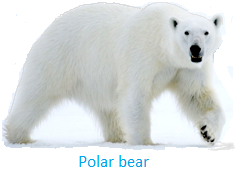

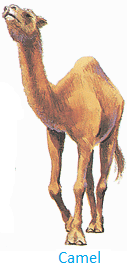
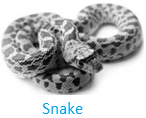
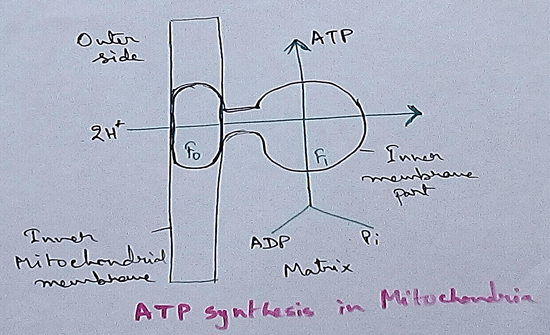
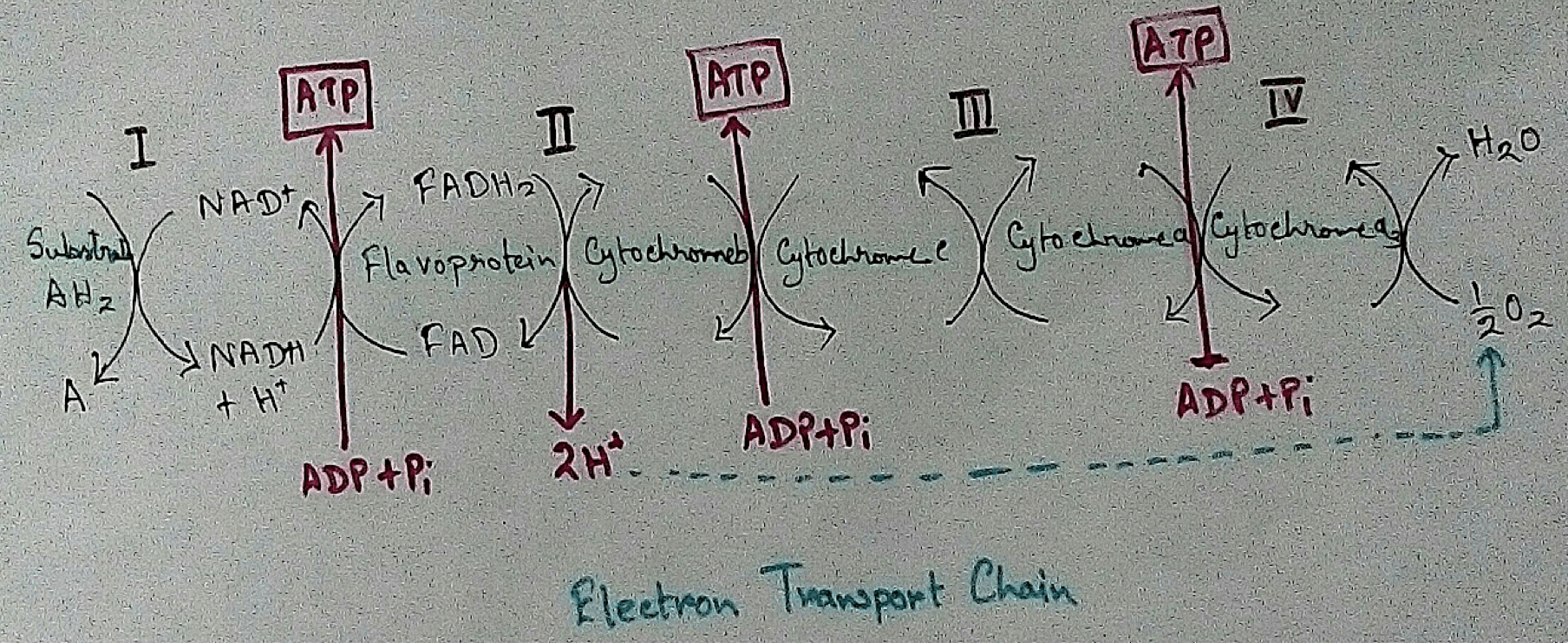

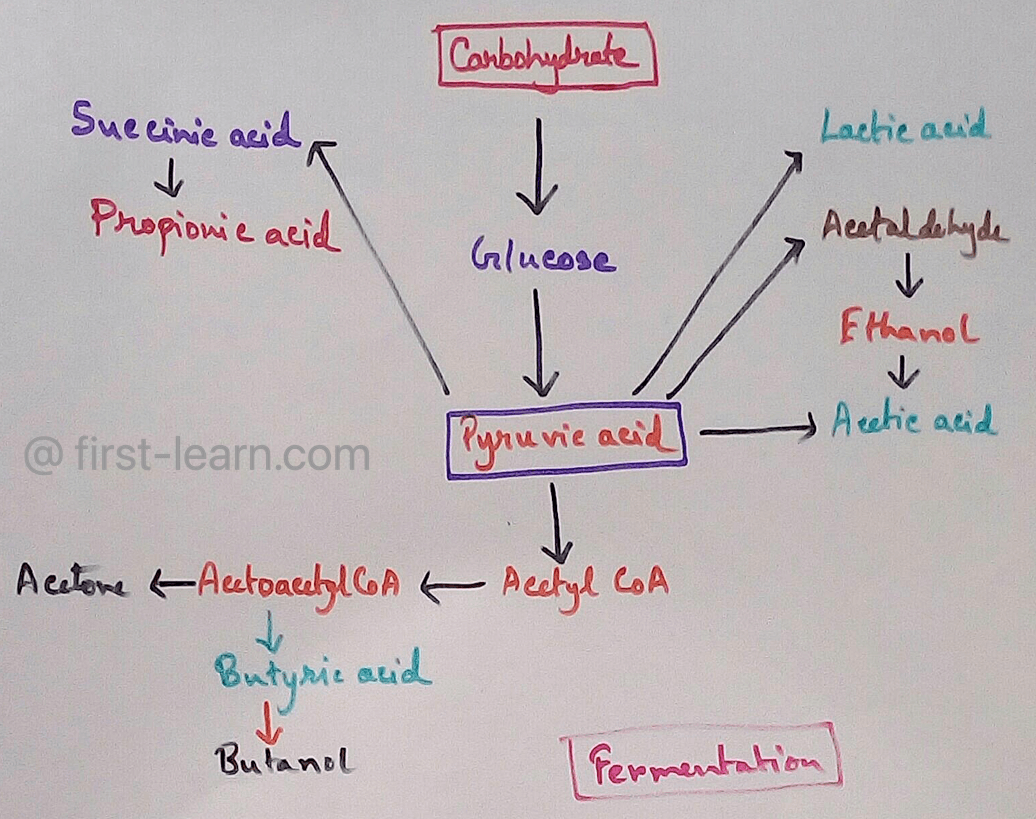
New! Comments
Have your say about what you just read! Leave me a comment in the box below.